How did Renaissance composers write their music? In this revolutionary look at a subject that has fascinated scholars for years, musicologist Jessie Ann Owens offers new and striking evidence that contrary to accepted theory, sixteenth-century composers did not use scores to compose—even to write complex vocal polyphony.
Drawing on sources that include contemporary theoretical treatises, documents and letters, iconographical evidence, actual fragments of composing slates, and numerous sketches, drafts, and corrected autograph manuscripts, Owens carefully reconstructs the step-by-step process by which composers between 1450 and 1600 composed their music. The manuscript evidence—autographs of more than thirty composers—shows the stages of work on a wide variety of music—instrumental and vocal, sacred and secular—from across most of Renaissance Europe. Her research demonstrates that instead of working in full score, Renaissance composers fashioned the music in parts, often working with brief segments, according to a linear conception. The importance of this discovery on editorial interpretation and on performance cannot be overstated.
The book opens with a broad picture of what has been known about Renaissance composition. From there, Owens examines the teaching of composition and the ways in which musicians and composers both read and wrote music. She also considers evidence for composition that occurred independent of writing, such as composing "in the mind" or composing with instruments. In chapters on the manuscript evidence, she establishes a typology both of the sources themselves and of their contents (sketches, drafts, fair copies). She concludes with case studies detailing the working methods of Francesco Corteccia, Henricus Isaac, Cipriano de Rore, and Giovanni Pierluigi da Palestrina.
This book will change the way we analyze and understand early music. Clear, provocative, and painstakingly researched, Composers at Work: The Craft of Musical Composition 1450-1600 makes essential reading for scholars of Renaissance music as well as those working in related fields such as sketch studies and music theory.
|
